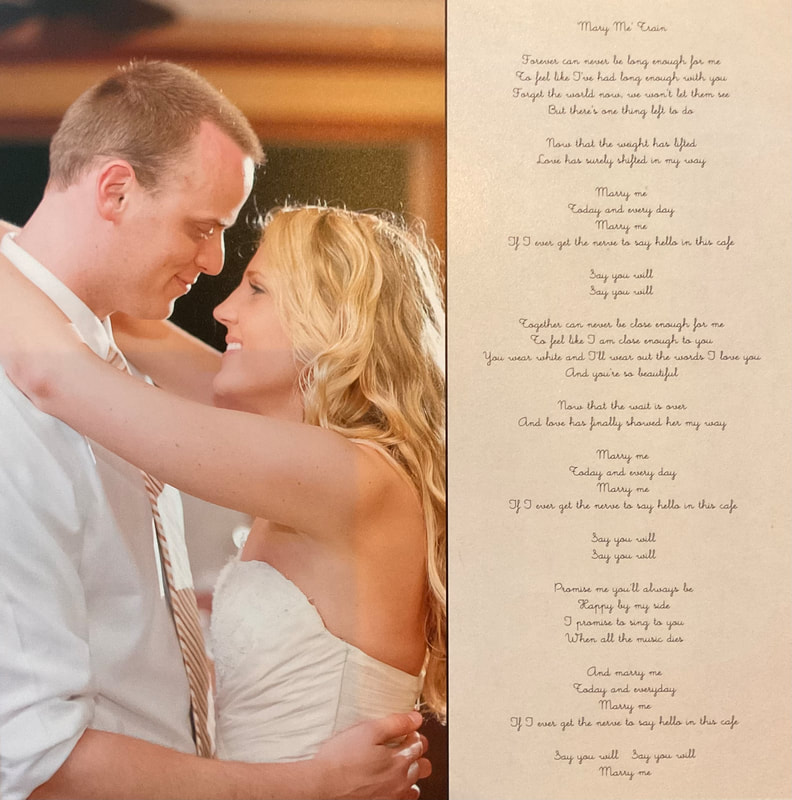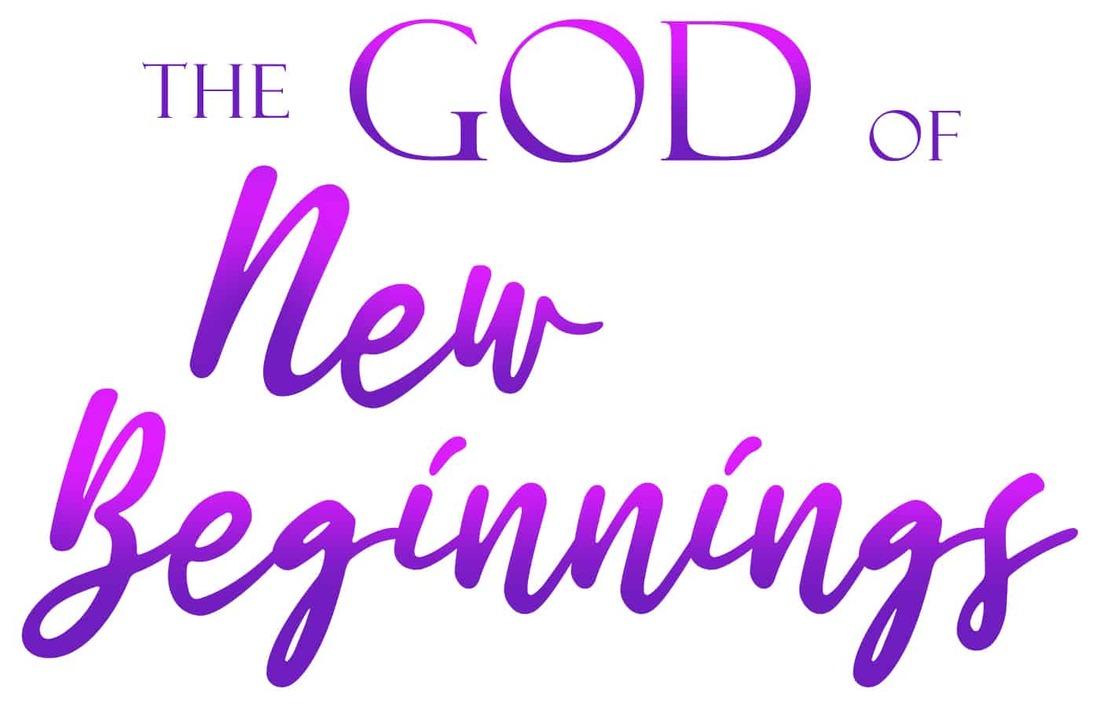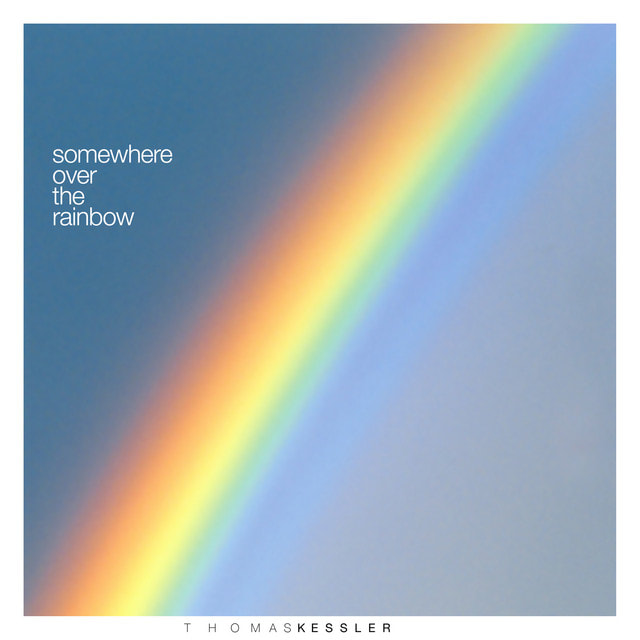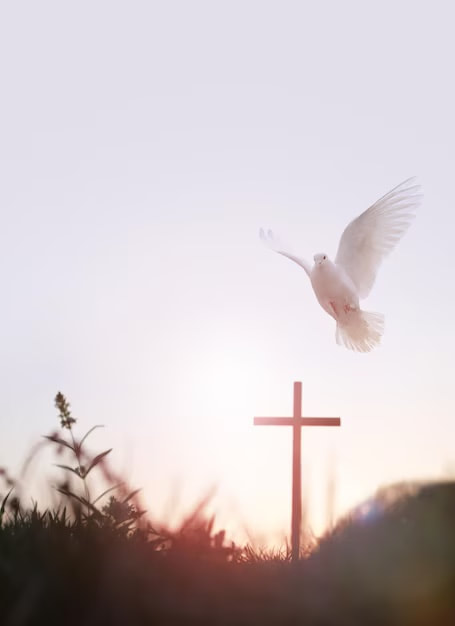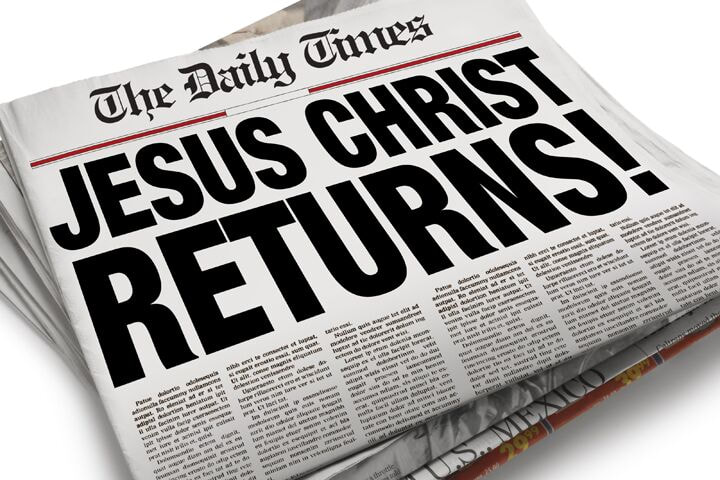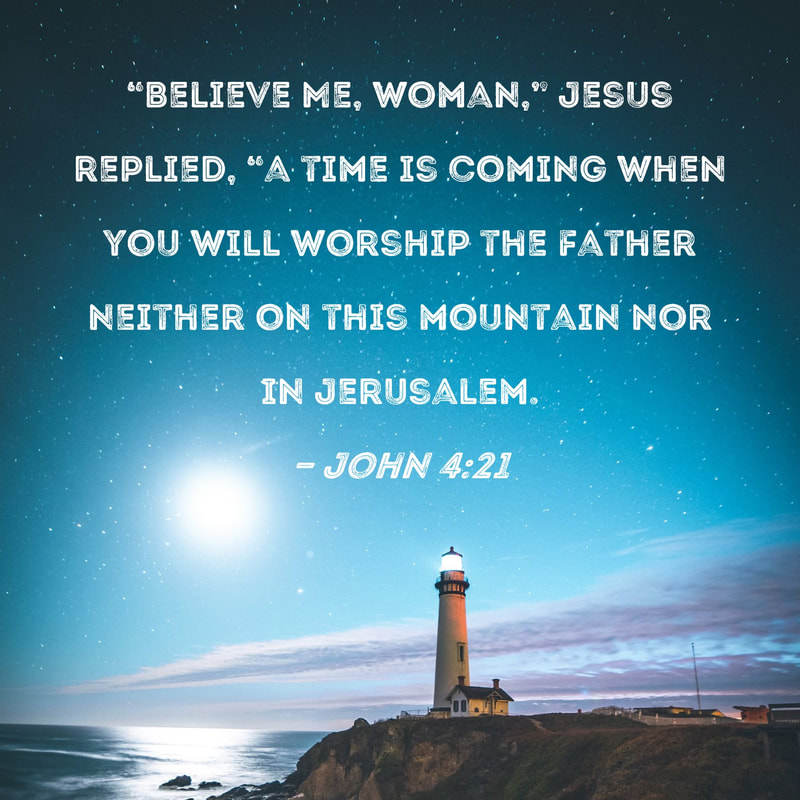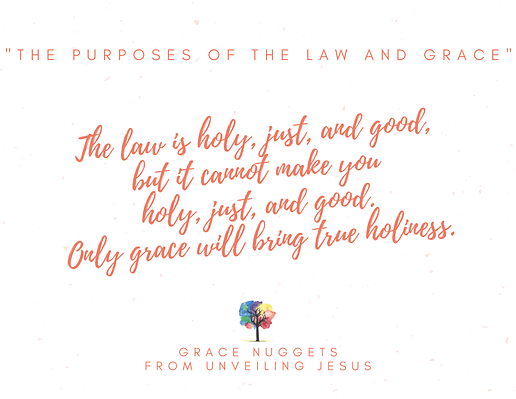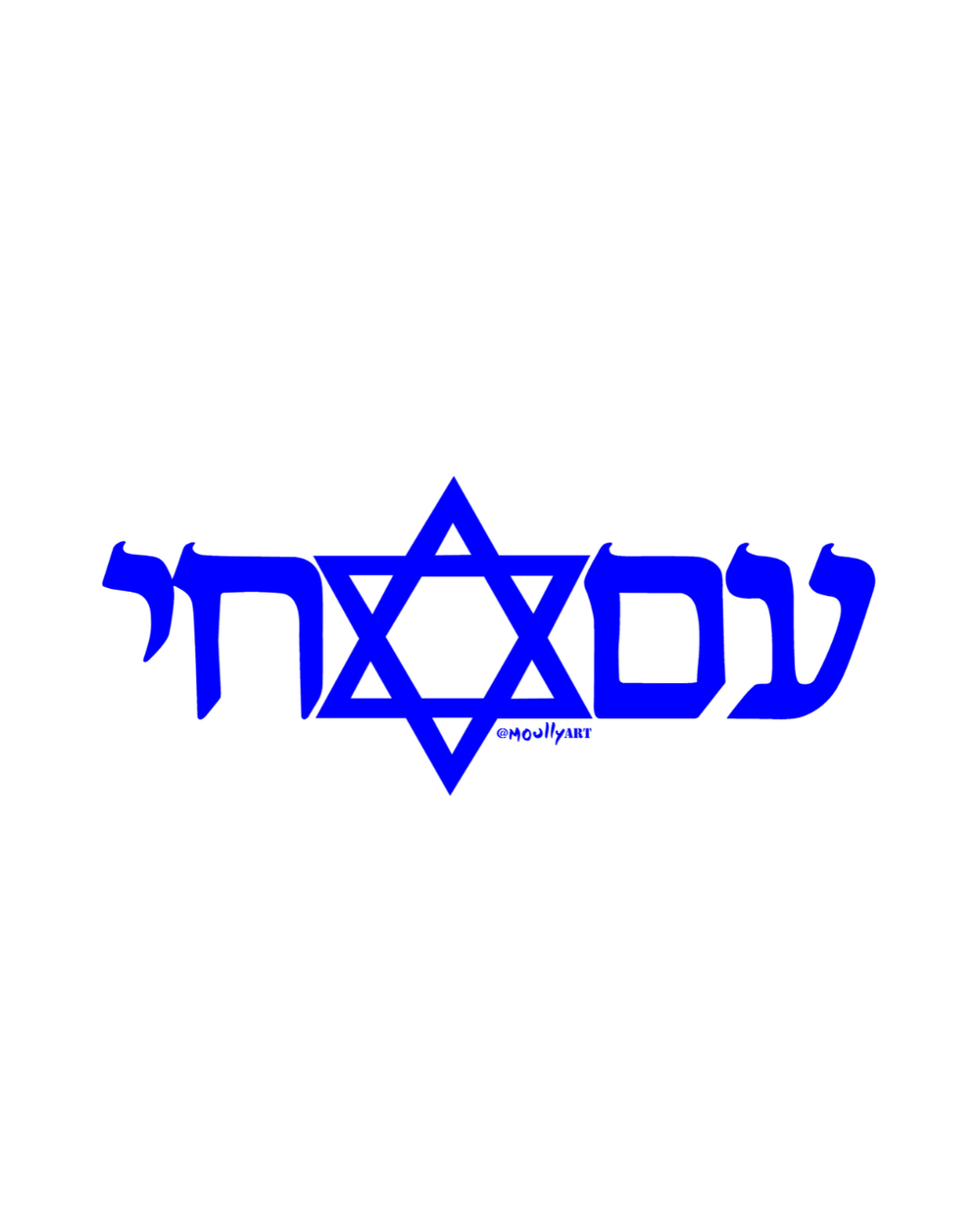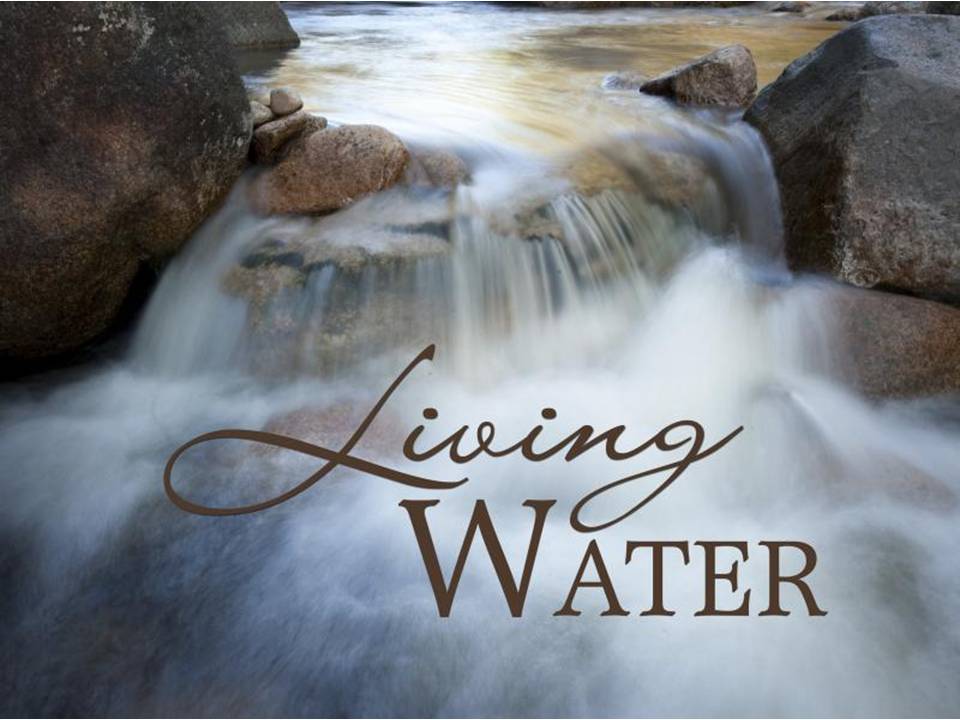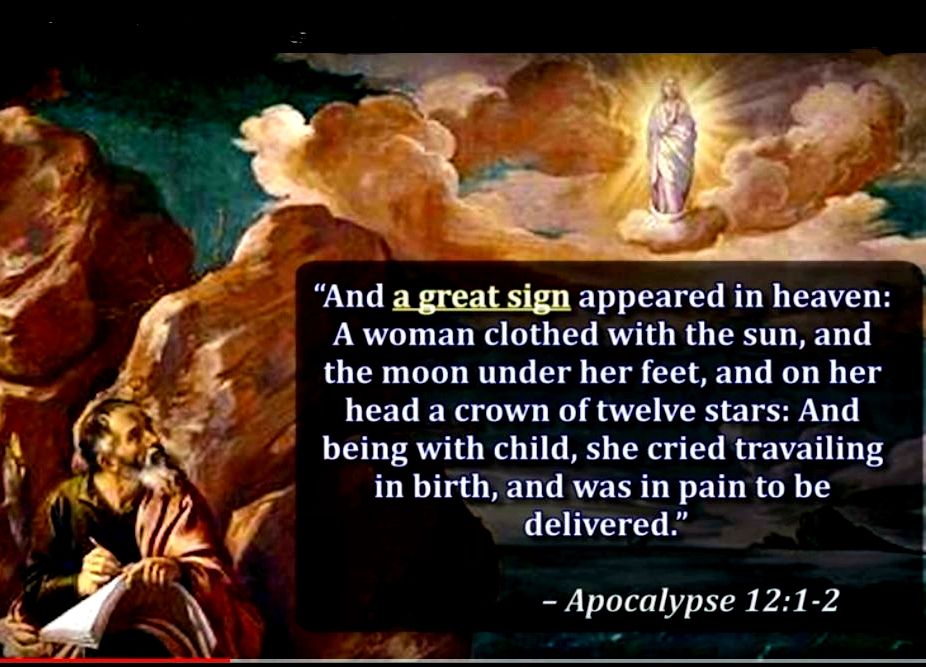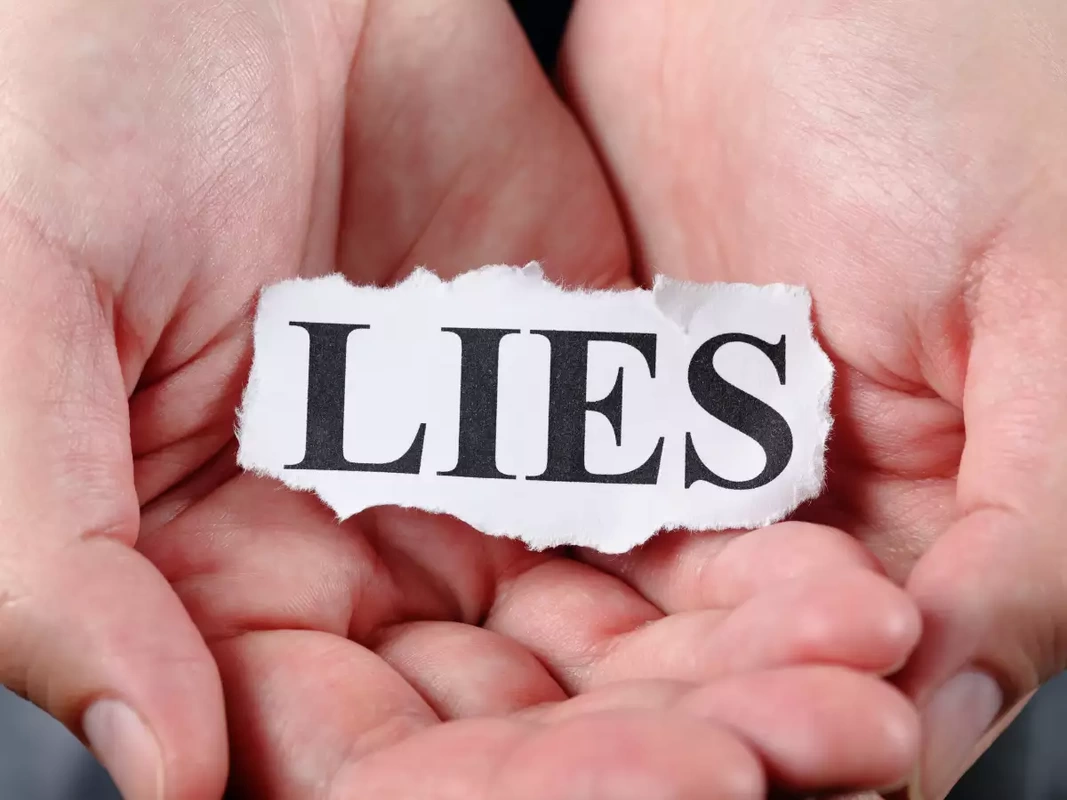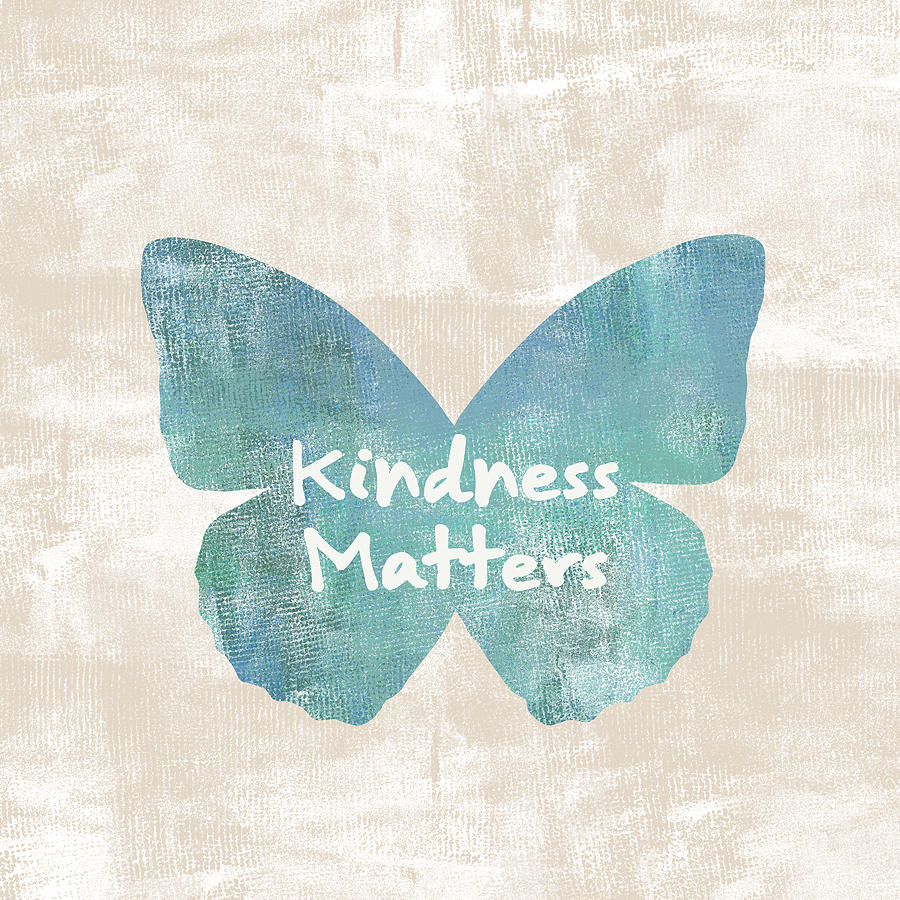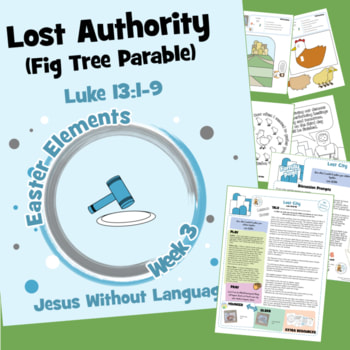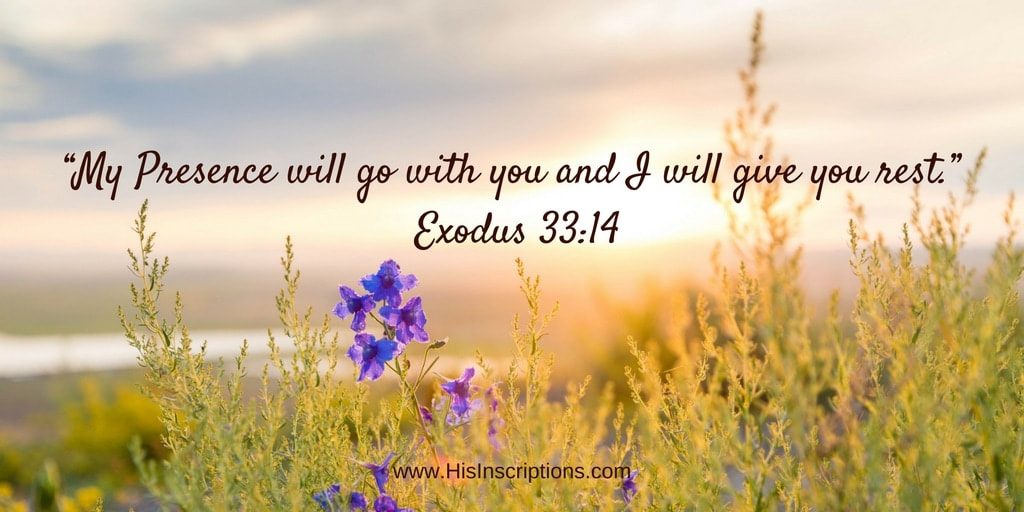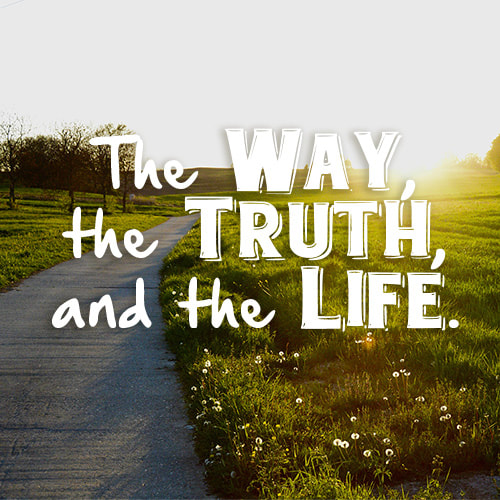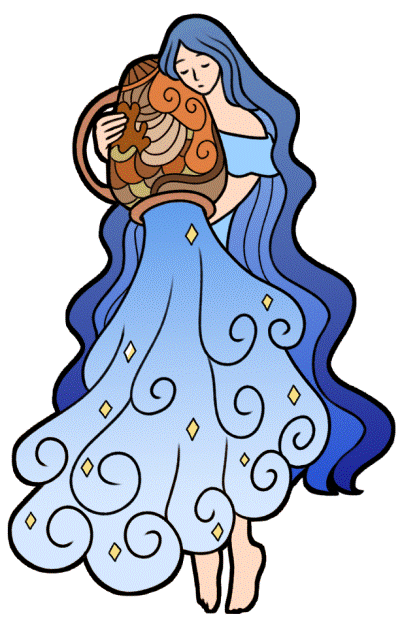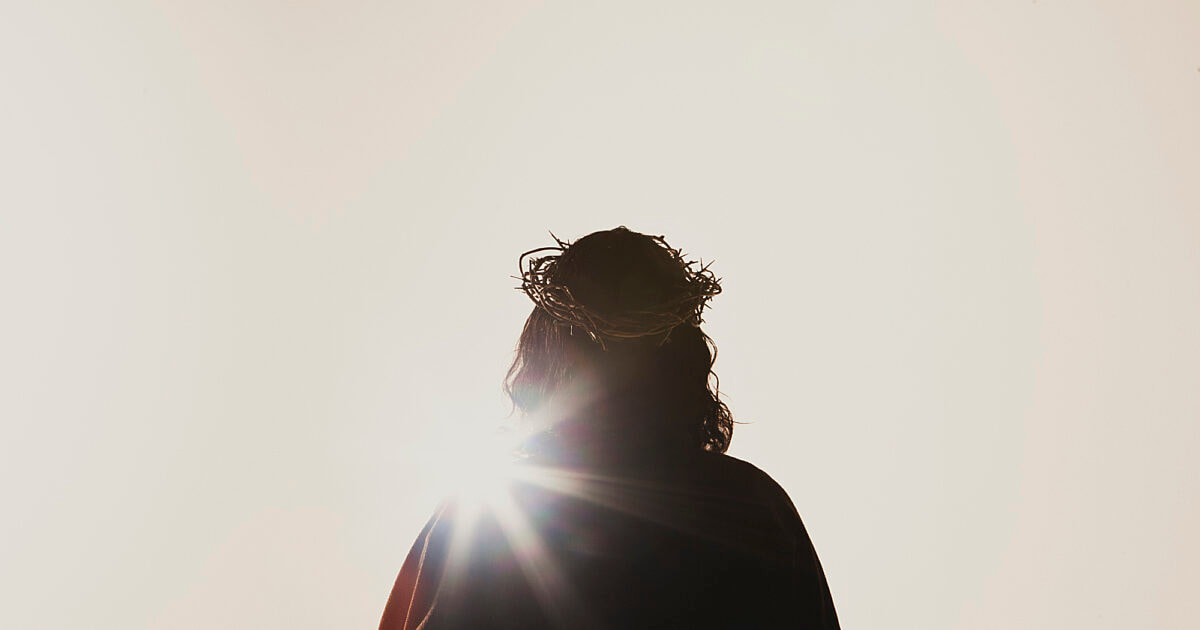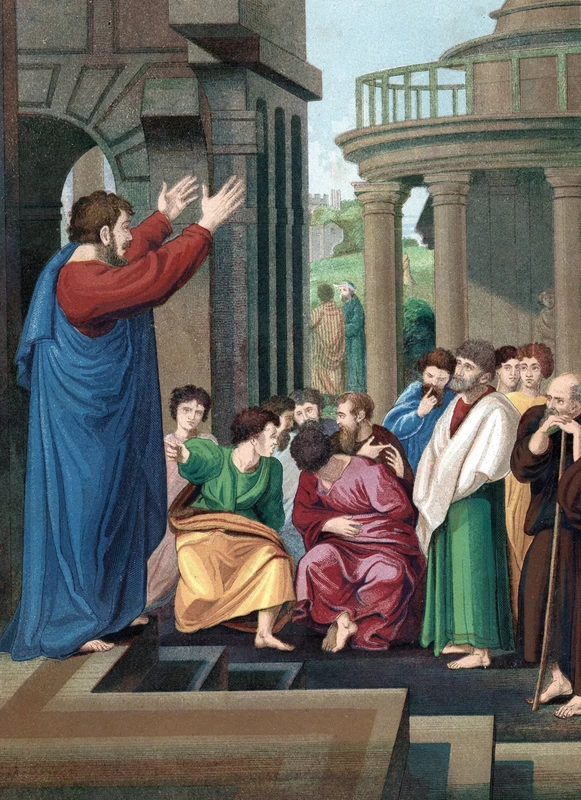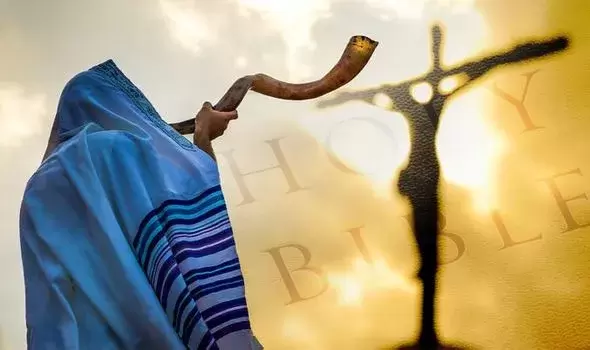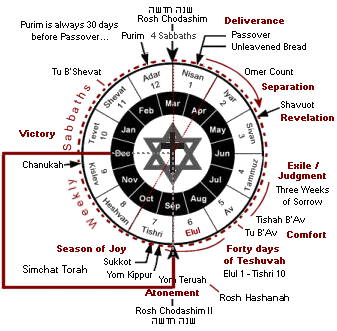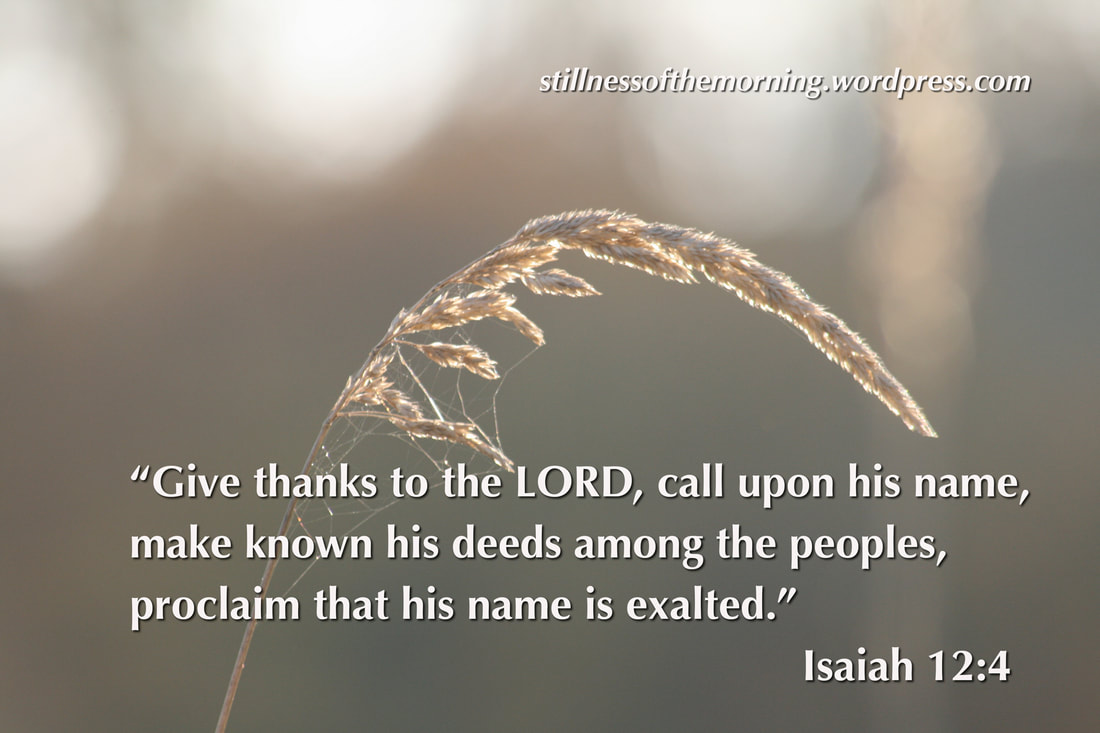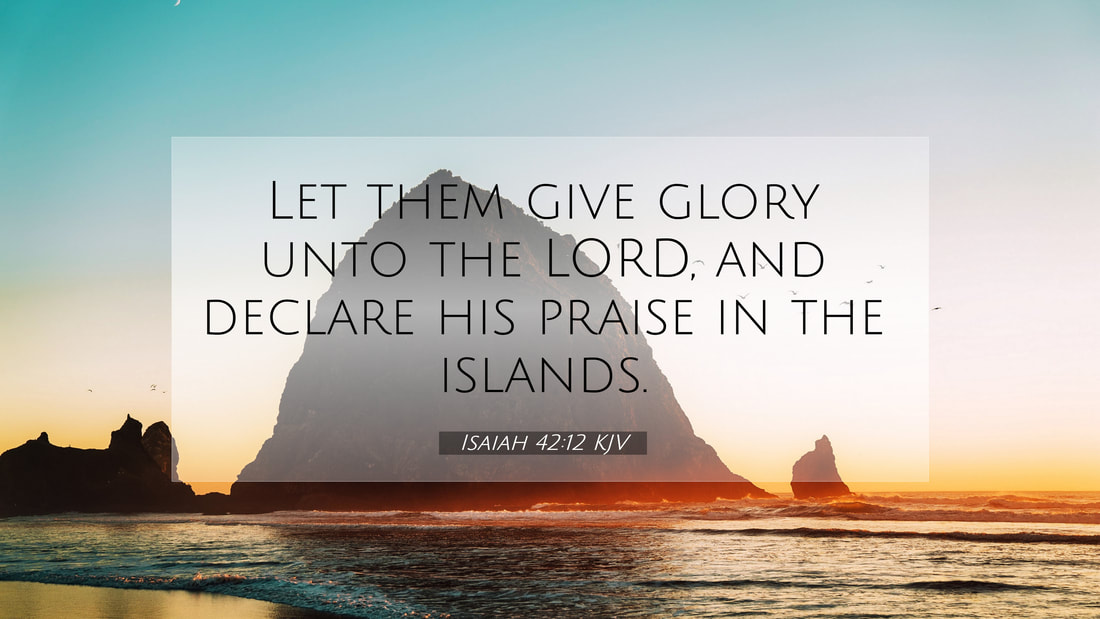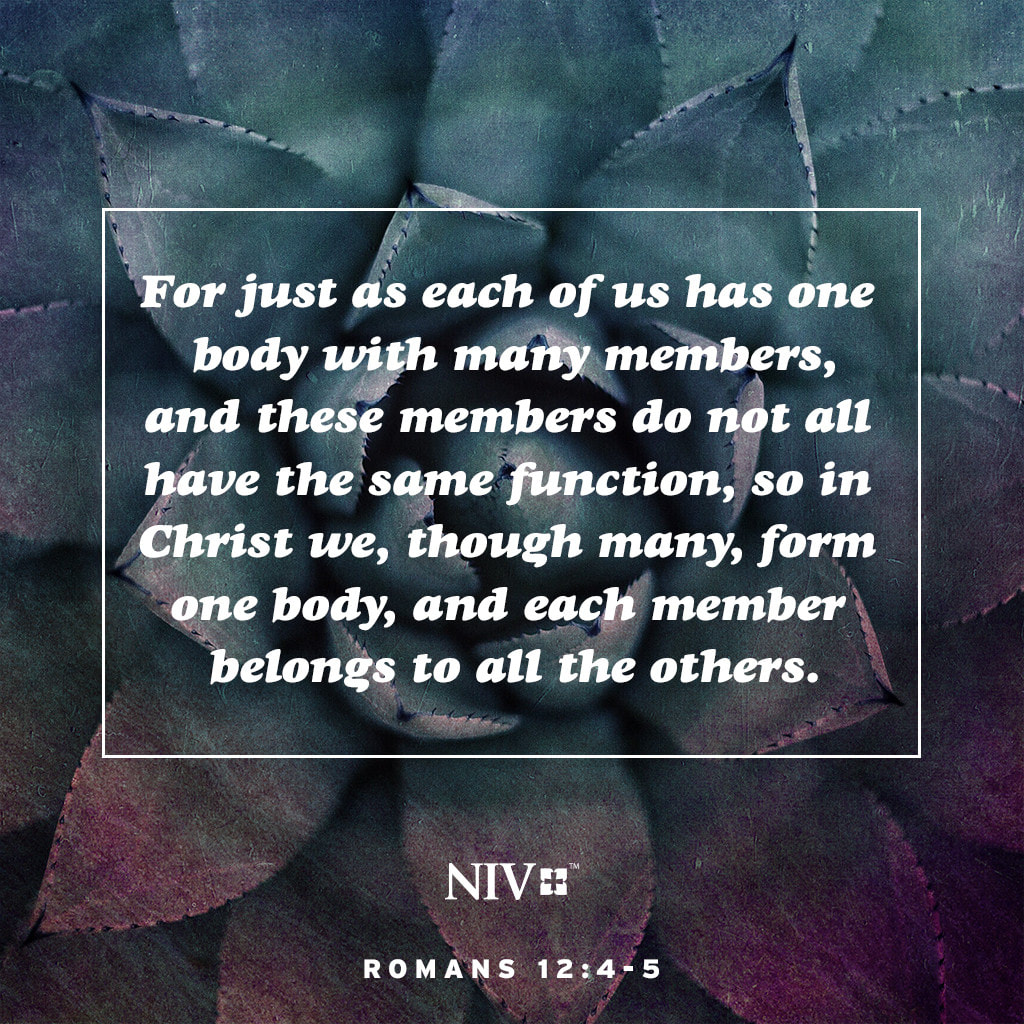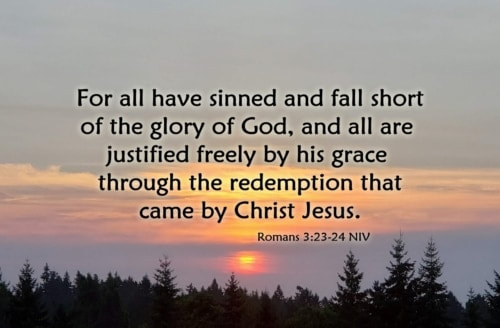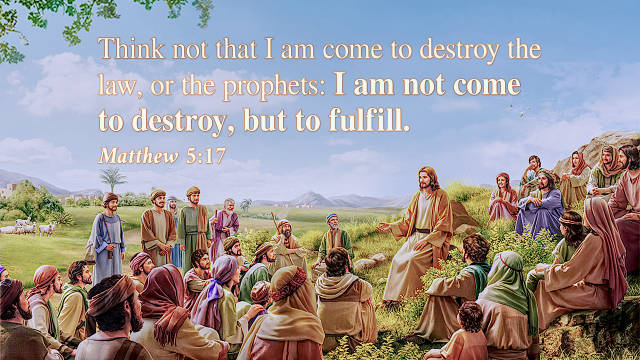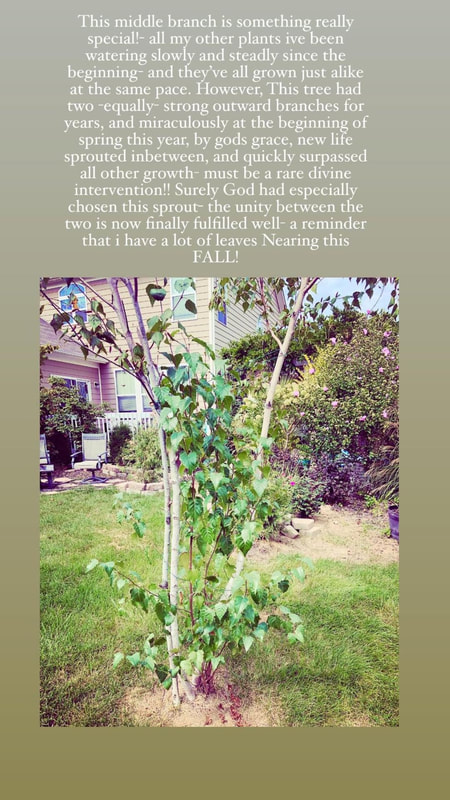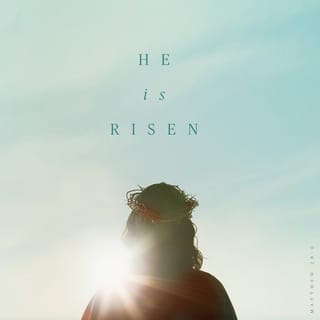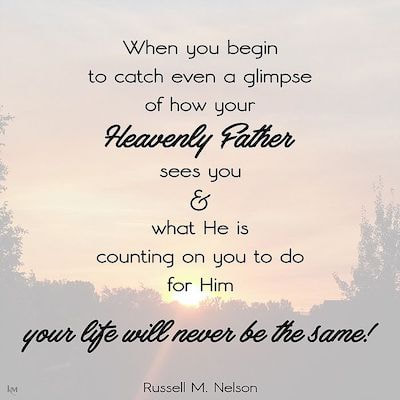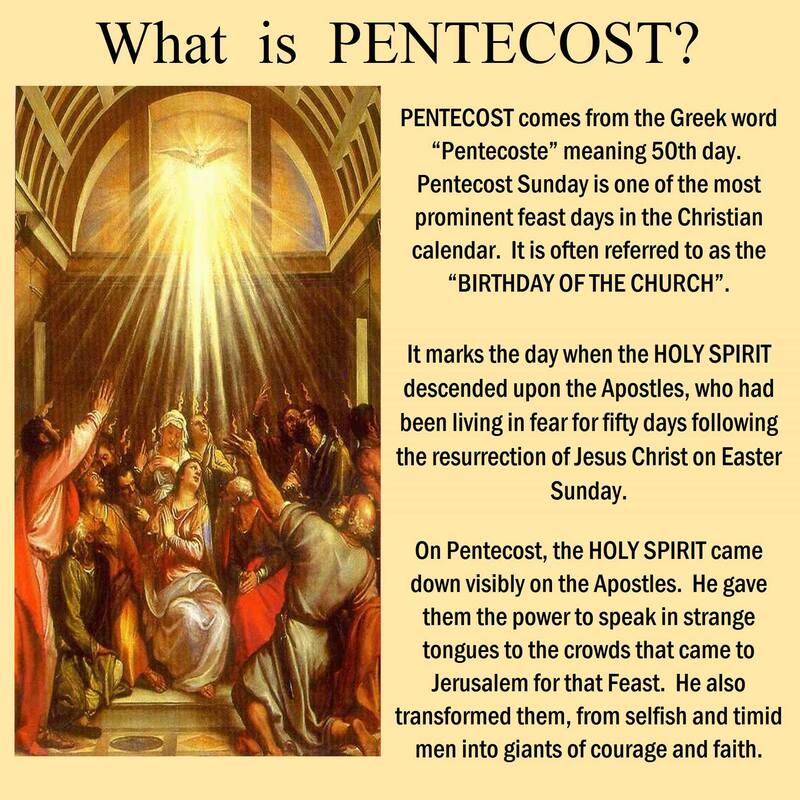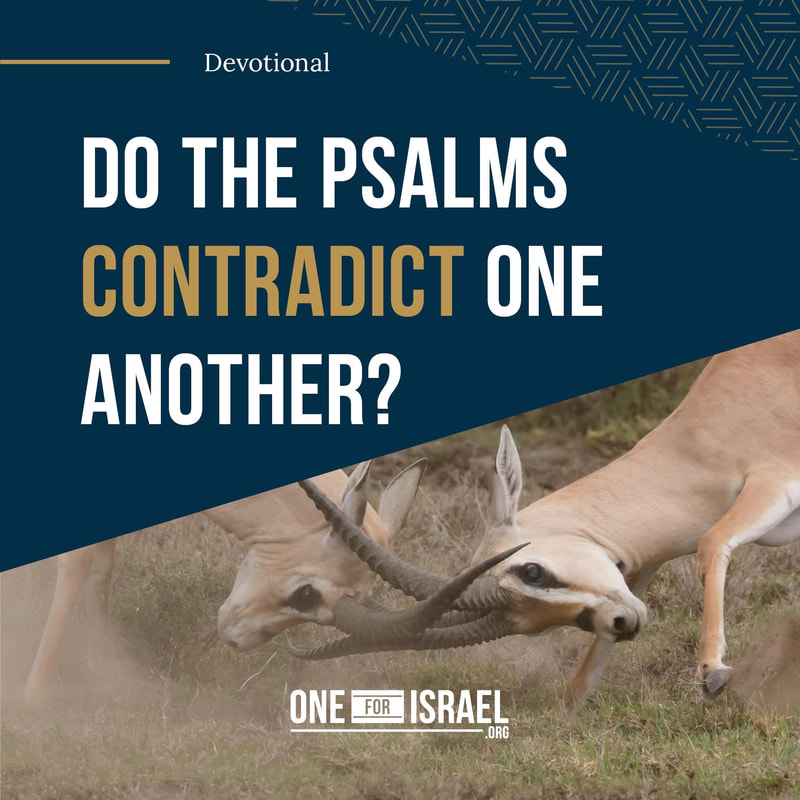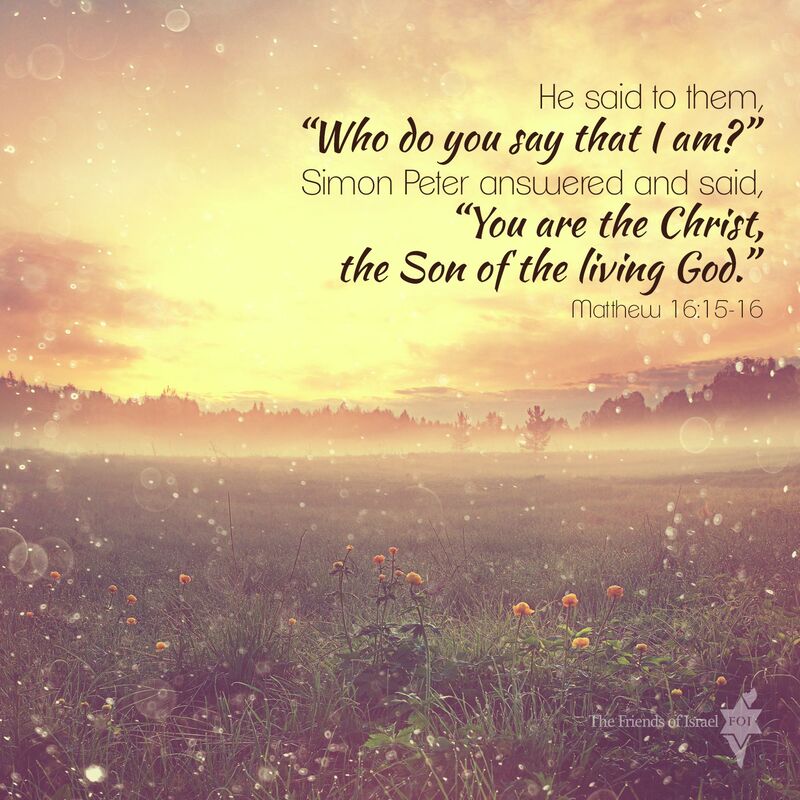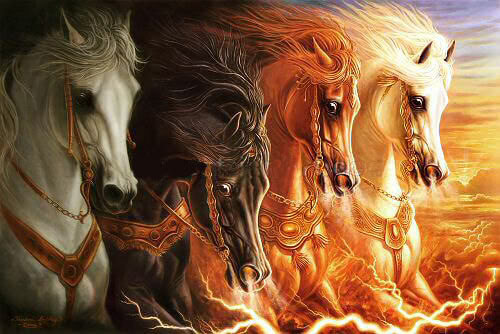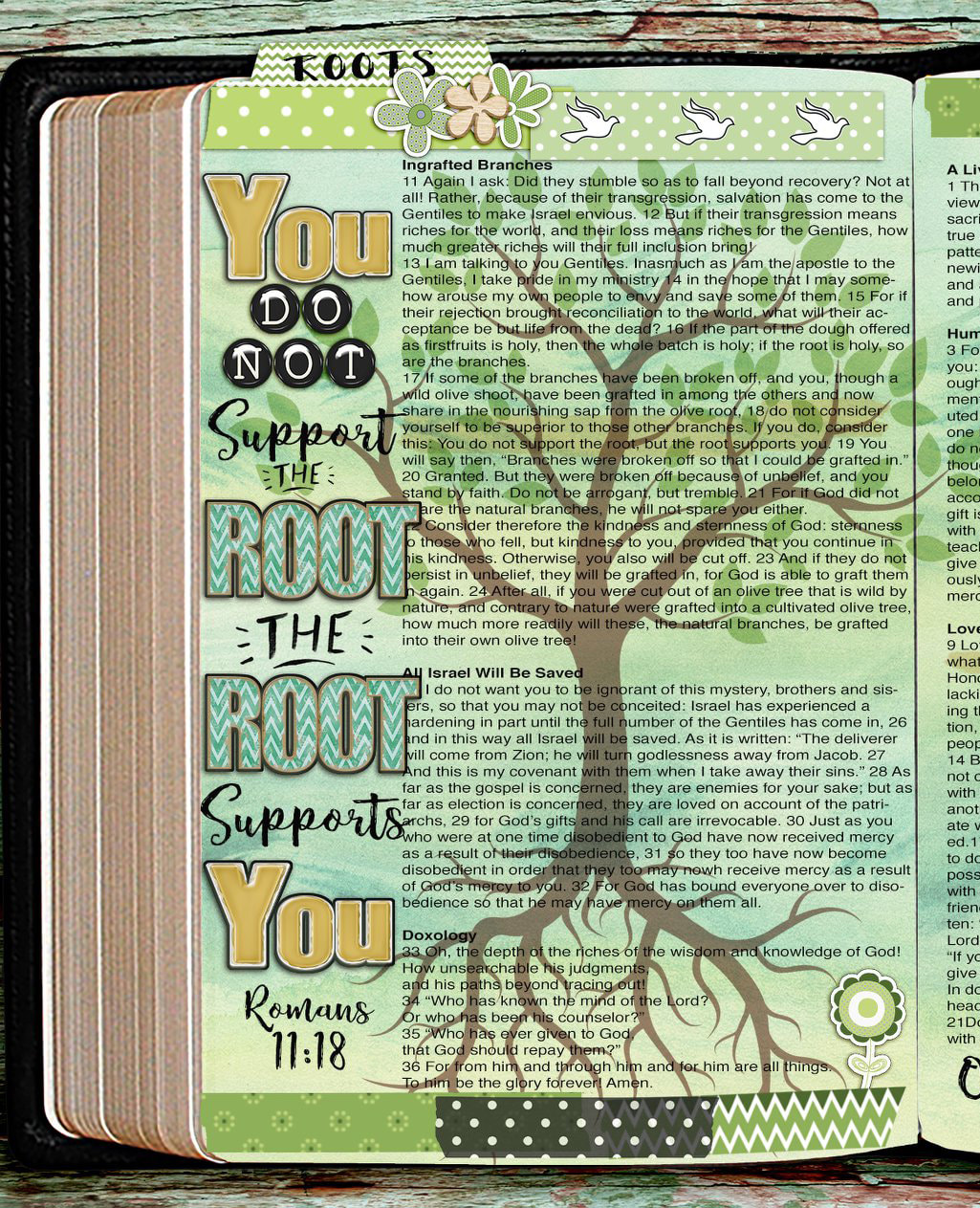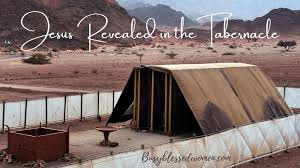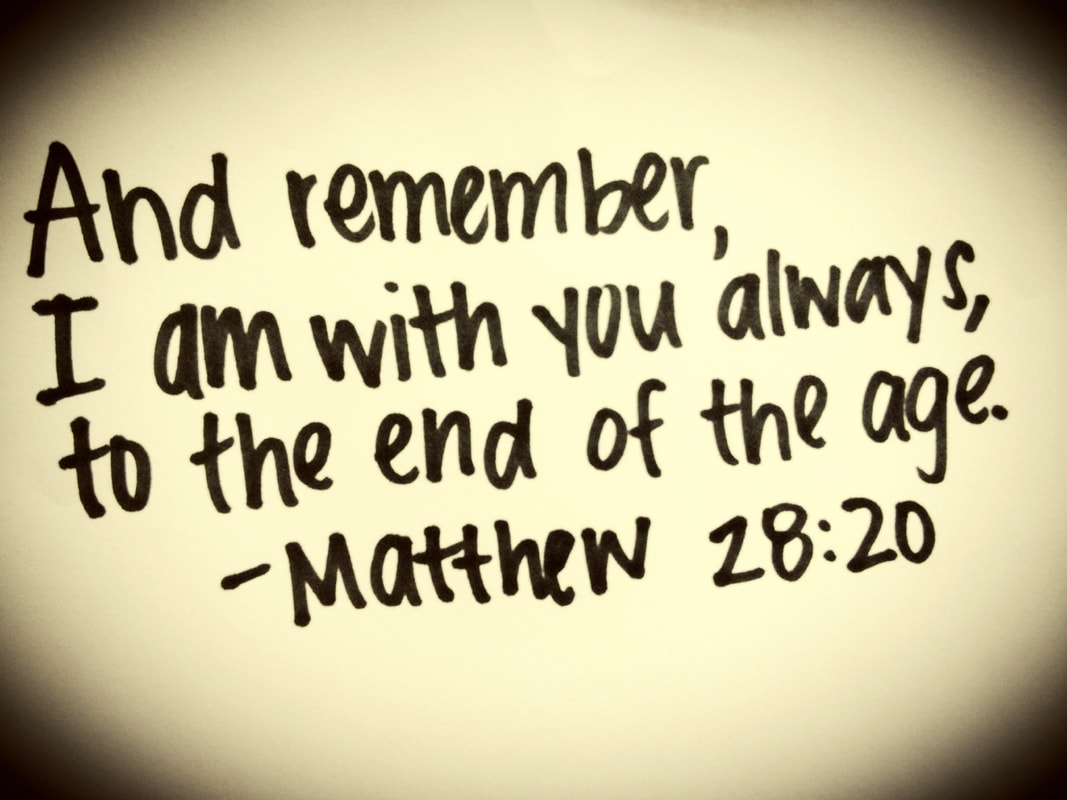They claim that the New Testament (NT) is a “poor imitation”, that rabbinical tradition is the original, and that whoever dares to read the NT will immediately stumble over quotations from the Hebrew scriptures (OT).
It’s true that despite its small size (27 books containing 260 chapters) the NT contains almost 1000 quotes from the OT. Frankly, more than 99% of the times that the NT quotes from external texts, those quotes come from the OT. Just like the prophets taught based on the Torah, the NT teaches based on the OT.
Without the Hebrew scriptures there would be no prophecies about a Messiah.
Without messianic prophecies the very messianism of Yeshua is not valid.
Therefore, the theology of the NT is exactly the theology of the OT. Yeshua and his disciples believed in the holiness of the OT, quoted from it and referred to it.
Yeshua and his disciples regarded the Hebrew scriptures as God’s word: written under the supervision and inspiration of the Holy Spirit. Concerning the connection between the Mosaic covenant and the New Covenant, we made a separate video which can be seen here.
BUT WHAT IF WE TOLD YOU THAT THE TEACHING FAVORED BY THE RABBINIC TRADITION IS NOT THE TORAH OF MOSES.What if we told you that they just use the term “Torah of Moses” but actually they mean something completely different?
First of all, let no one cheat you. Today it is simply impossible to keep the commandments of the Torah given at Sinai.
Because the commandments of the Torah revolve around the temple, the tabernacle, the priesthood, the altar and at the core of it all are the sacrifices that cover sins.
But these have not existed for 2000 years.
Almost all the commandments that Moses gave are closely tied to the service in the temple. Under the Mosaic covenant, the worship of God was carried out in the temple. Trying to live according to the Mosaic covenant these days without temple, tabernacle, the altar and the sacrifices is like trying to ride a bike without wheels.
Secondly, when the temple was destroyed, 2000 years ago, the rabbis had to invent Judaism anew, so that it would work without the service at the temple and the Holy of Holies.
Though they kept using the terms “Judaism” and “Torah” they changed the definition: no more biblical Judaism based on the Torah, but from then on it was the traditions of the Rabbis.
The temple, the priesthood, the altars, the sacrifices and the tabernacle were replaced by new customs.
Most of Jewish traditions have even been taken from other peoples, among whom our people lived during times of exile: Talismans, the Hamsa (hand-shaped charms), Lag b’Omer, wearing of a kippah / yarmulke, seances, wrapping of tefillin, mezuzahs, lying prostrate on the graves of the famous rabbis, the kashrut laws of separating meat and dairy, magic, Bar Mitzvahs, displaying pictures of famous rabbis, saying mantras and even the tradition of breaking of a wine glass at weddings.
All these beloved traditions are not mentioned once in the Bible. You might wonder now: But wait, doesn’t the Torah mention the tefillin and the mezuzah? Not really. The sages chose one or two words from a verse taken out of its context and by force gave it a new meaning.
NOTE THAT THE NT IN HEBREW IS NOT CALLED “THE NEW TORAH” BUT “THE NEW COVENANT”.This term has its root in an OT-prophecy by Jeremiah about the making of a new covenant.
“Behold, the days are coming, declares the Lord, when I will make a new covenant with the house of Israel and the house of Judah, not like the covenant that I made with their fathers on the day when I took them by the hand to bring them out of the land of Egypt, my covenant that they broke, though I was their husband, declares the Lord.” (Jeremiah 31:31-32)
While the NT is the most natural continuation of the OT namely the fulfillment of OT prophecies about the Messiah, historians admit that between the Judaism of the Rabbis, reflected in the Talmud, and the OT there’s hardly any connection.
Consider what Israel’s greatest expert in the Sages’ literature has to say: Professor Avigdor Shinan from Hebrew University of Jerusalem.
A man who wears a Kippah himself:
“Our theology is not the theology of the OT. The tradition that we follow today is not the tradition of the OT, it’s the tradition of the Sages. Shabbat laws, kashrut laws, you name it, it’s not in the Scriptures, not in the OT. In the OT, there is no Synagogue no Kaddish, no Kol Nidre, no Bar Mitzvah, no Tallit. Everything that somebody would define as Jewish and look for its root; it’s not the OT it’s the Sages’ literature. That’s where everything started. Where is Judaism in the OT? Moses was not called a Jew. Abraham, was not called a Jew. David, neither. Only Mordechai, ‘Mordechai the Jew’, and that’s at the end of the OT during the Persian time.” (Prof. A. Shinan)
The famous Jewish orthodox writer Chaim Schimmel writes in his book “The Oral Torah”:
“Jews never lived according to the actual words written in the Torah, but according to the traditions of the rabbis.” (Rabbi Chaim Schimmel)
The great irony here is that while the NT was written by Jews and describes the life of the Jewish Messiah the rabbinic tradition on the other hand – the “Oral Law” is based on a Gentile a descendant of Sisera, that converted: Rabbi Akiva. To debunk the legend of the traditions of the Oral Law, we dedicated a video which can be seen here.
2000 years ago the heroes of faith among Israel were biblical characters like Daniel, Noah,
Deborah, Joseph, Solomon, and many more. However, today these have been replaced with characters like Rabbi Schneerson, Rabbi Akiva, Rabban Gamaliel, Rabbi Eliezer, Rabbi Yosef Mizrachi Rabbi Amnon Yitzhak, Rabbi Pinto, Rabbi Eliezer Berland and so on.
FOR THOSE WHO INSIST THAT THEY STILL KEEP THE COMMANDMENTS OF THE MOSAIC COVENANT, HERE’S A LITTLE QUESTIONNAIRE TO EXAMINE YOURSELF.It contains some of the most basic commandments according to which everyone can test if he REALLY keeps the Mosaic covenant.
- Do you make sure that there is no animal fat in your diet? Like it is written in Leviticus 3:16?
- Will you stone your kids if they should curse you? As written in Leviticus 20:9?
- Do you avoid to shave? As written in Leviticus 19:27?
- Do you take Homosexuals and kill them? As written in Leviticus 20:13?
- When you buy clothes do you make sure they’re not made out of Shatnez, a mixture of wool and linen? As written in Deuteronomy 22:11?
- Do you make sure you go up to Jerusalem on the three pilgrimage feasts to bring your offering to the priests? As commanded in Exodus 23:14?
The NT is the natural continuation of the OT namely the fulfillment of OT prophecies and the descriptions of the Messiah’s life.
But it is the Talmud that abandoned and left the law of Israel and made itself a new way.
The Judaism of rabbinic tradition which comes from the Talmud is not Jewish at all. Original Judaism, the first and true one, is the one described in the writings of the OT and the NT. After the destruction of the 2nd Temple Israel was left with two main options from which only onecould be chosen:
Go for the Judaism of the NT based on the Messiah Yeshua to whom the prophecies of the OT pointed, Or the tradition of the Rabbis based on the sect of the Pharisees… the Rabbis.
Even from a chronological point of view the Judaism of the NT preceded the Judaism of the Talmud, since the writings of the NT were completed already by the first century AD while the writings of the rabbinical tradition, the Talmud, was formulated hundreds of years later. Looking at the content of the first writings of both groups reveals the truth even more clearly:
Chronologically, the last book in the OT is Malachi. It closes the OT.
WHICH IS THE BETTER CONTINUATION OF THE OT? THE NT OR THE TALMUD?The book of Malachi is one of the last books in the OT, chronologically speaking. Interestingly enough, Malachi chapters 3 to 4 start with the hope for a Messiah and end with the hope for a Messiah.
“Behold, I will send you Elijah the prophet before the great and awesome day of the Lord comes. And he will turn the hearts of fathers to their children and the hearts of children to their fathers, lest I come and strike the land with a decree of utter destruction.” (Malachi 4:5-6)
The transition from the Hebrew scriptures to the New Testament is a natural and smooth one. Among the writings of the NT it is known that the gospel of Mark was written first. It starts with the following words:
“The beginning of the gospel of Jesus Christ, the Son of God. As it is written in the prophets
‘Behold, I send my messenger before your face, who will prepare your way, the voice of one crying in the wilderness: ‘Prepare the way of the Lord, make his paths straight,’” (Mark 1:1-3)
Now, let’s look at the opening words of the sages’ writings: The Mishna starts with the Berakhot, the blessings. It says:
“From when may one recite Shema in the evening? From the time when the priests go in to eat their Terumah, until the end of the first watch – so says Rabbi Eliezer. And the Sages say: Until midnight. Rabban Gamliel says: Until the break of dawn.” (Berakhot 1:1)
Judge for yourselves, which of the two writings is the most natural and and logical continuation of the OT? Which of the two gives an appropriate answer to the messianic hope with which the OT ends?
To sum things up: Don’t let them cheat you! No one really keeps the commandments of the Sinaitic covenant. To us and to the Rabbis a new covenant was given. The new covenant that the Rabbis follow is the rabbinical tradition that they made up themselves. The New Covenant that we follow is grounded in God’s Messiah.
And what about you?
Which covenant do you follow?
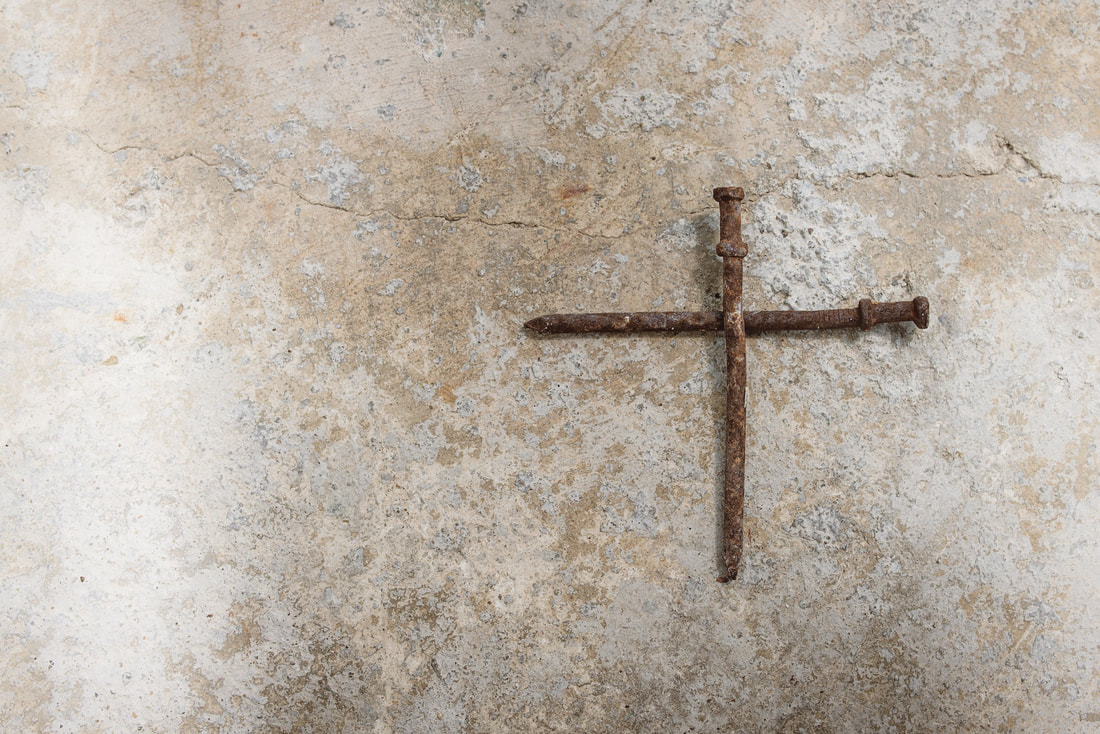
 RSS Feed
RSS Feed

